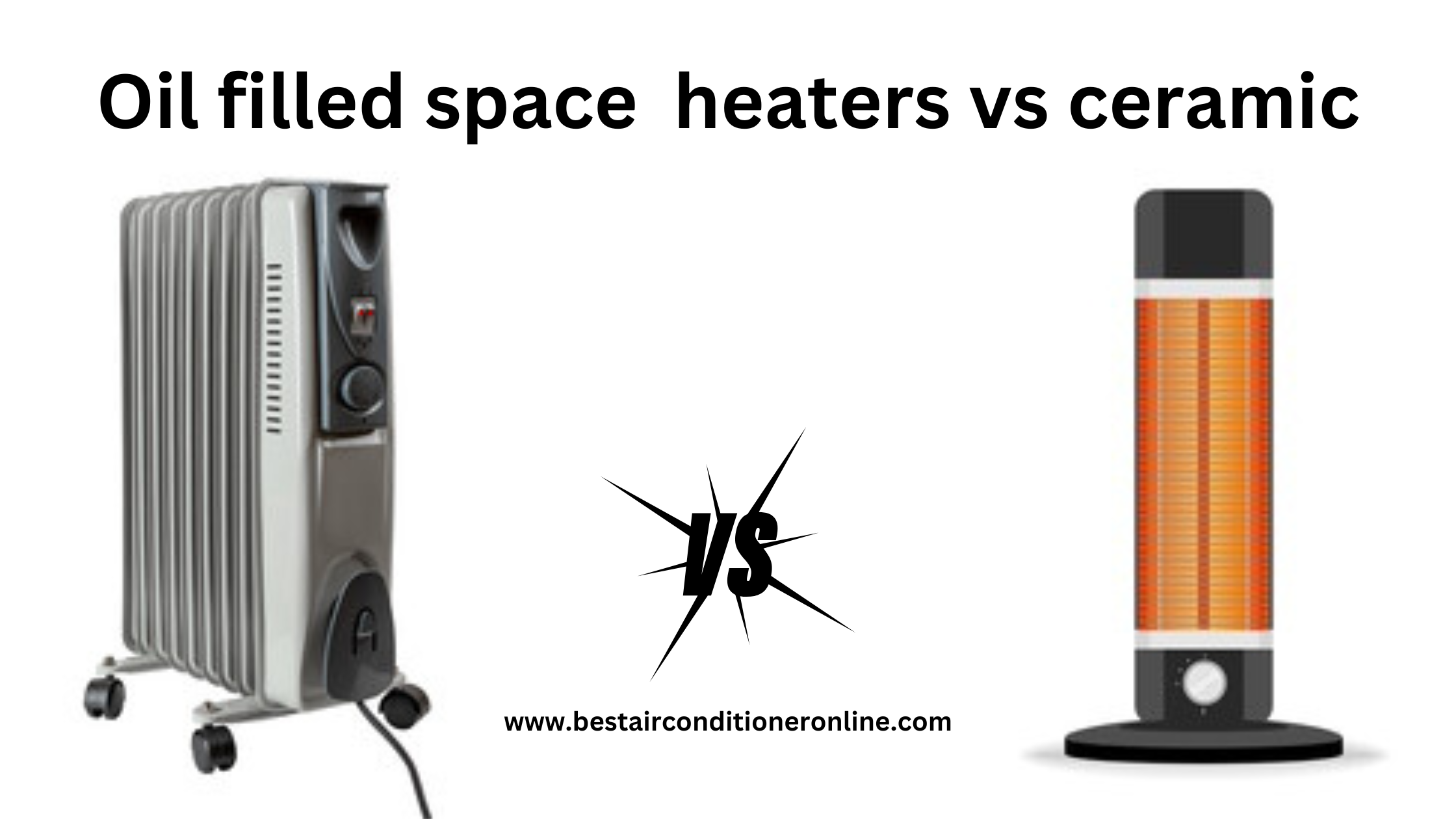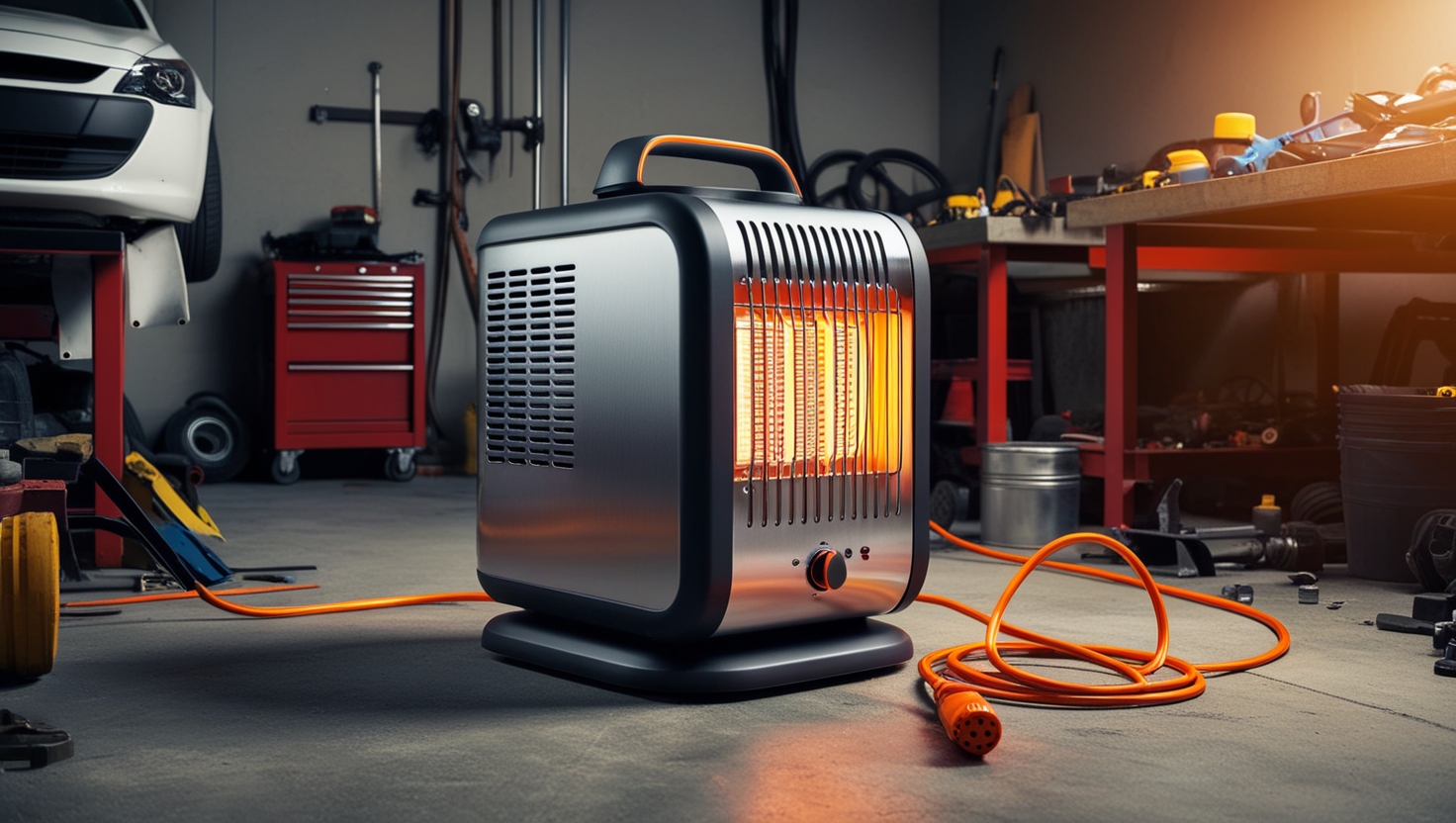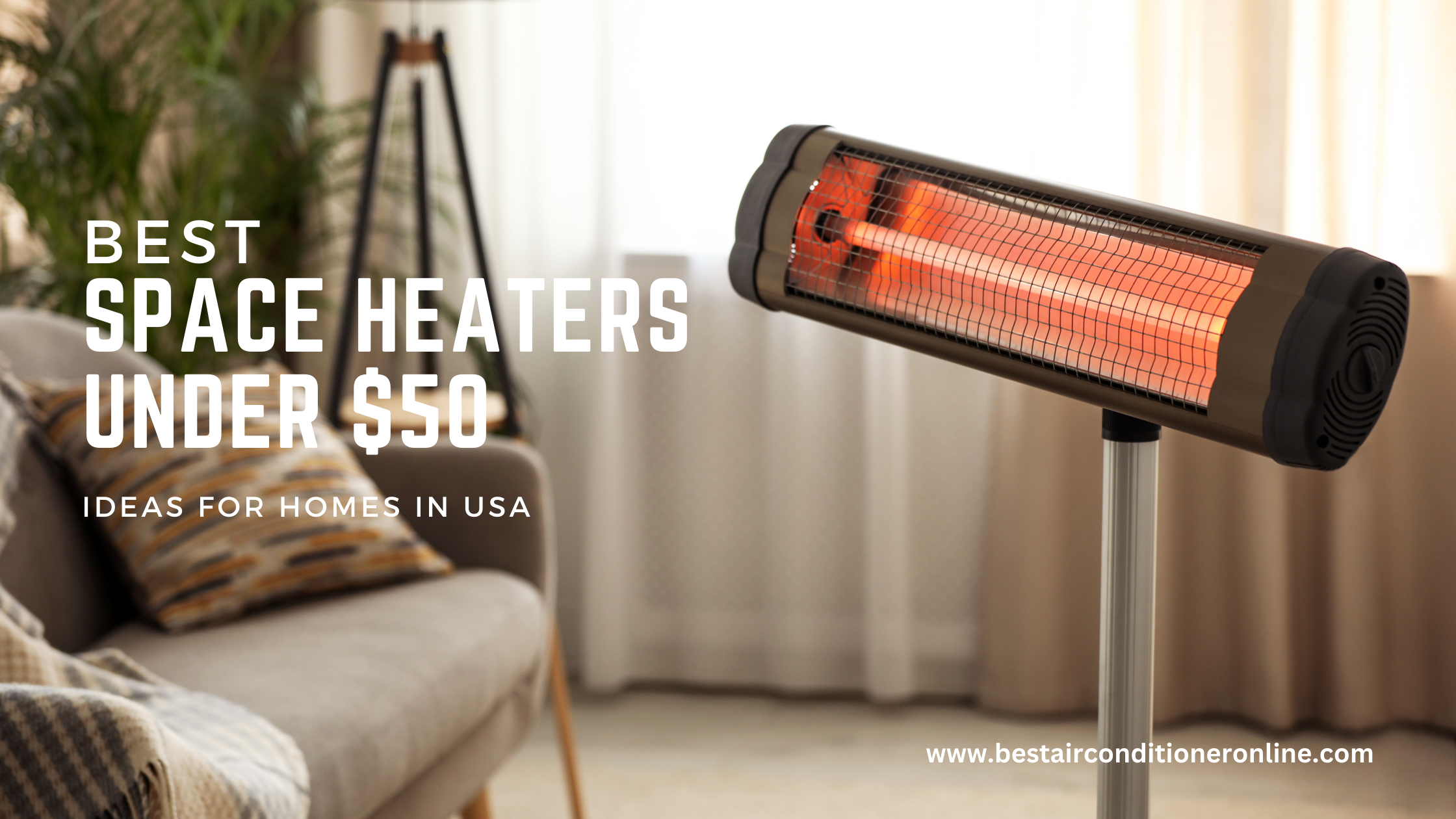Deciding between oil filled space heaters vs ceramic? Discover key features, energy savings, and which option offers the most comfort and value.

Introduction to Oil Filled Space Heaters and Ceramic Heaters
Understanding the Basics of Oil Filled Space Heaters
Oil filled space heaters are a popular choice for heating homes and offices due to their efficiency and ability to retain heat for extended periods.
These heaters use electricity to heat oil that is sealed inside the unit, which then radiates heat throughout the surrounding area. The oil acts as a heat reservoir, providing consistent and comfortable warmth.
Key Components and Features of Oil Filled Space Heaters:
- Heating element: This element heats the oil, which in turn spreads warmth.
- Thermal cutoff: A safety feature that cuts off power when the heater exceeds a certain temperature.
- Adjustable thermostat: Enables users to control the desired temperature.
- Wheels or handles: Allow for portability and easy movement of the heater.
- Timer: Some models come with timers to schedule when the heater turns on or off.
Primary Uses of Oil Filled Space Heaters:
Oil filled space heaters are commonly used in residential and commercial spaces. They are particularly useful in colder climates or during the winter season when additional heating is required. These heaters are ideal for bedrooms, living rooms, offices, and other areas where a constant source of heat is needed.
Exploring Ceramic Heaters
Ceramic heaters, on the other hand, utilize ceramic heating elements to generate warmth. These heaters contain ceramic plates with aluminum baffles that are heated by an electrical current. The ceramic plates heat up quickly and emit infrared energy, which is then absorbed by objects and people in the vicinity.
Main Components and Characteristics of Ceramic Heaters:
- Ceramic heating elements consist of ceramic plates with aluminum baffles, which efficiently generate heat.
- Fan: Helps distribute the warm air into the surrounding space.
- Adjustable thermostat: Allows users to set their desired temperature.
- Safety features: Many ceramic heaters have features such as tip-over protection and overheat protection for enhanced safety.
- Portable design: Ceramic heaters are often compact and lightweight, making them easy to move around.
Typical Applications of Ceramic Heaters:
Ceramic heaters are versatile and can be used in various settings. They are commonly found in homes, offices, workshops, and garages. Additionally, they are suitable for small spaces, poorly insulated rooms, or areas where immediate heat is required, such as bathrooms or drafty hallways.
Evaluating the Health Impact of Oil Filled Space Heaters
Understanding the Emission of Particulate Matter
One concern when using oil-filled space heaters is the emission of particulate matter. These heaters do not release emissions directly into the air, as the oil acts as a heat transfer medium and does not burn. However, they can contribute to indoor air pollution indirectly.
Examining the Release of Pollutants by Oil Filled Space Heaters:
Oil filled space heaters, particularly older models, may emit trace amounts of volatile organic compounds (VOCs) and fine particulate matter. VOCs can cause eye, nose, and throat irritation, while fine particulate matter can penetrate deep into the respiratory system, potentially causing respiratory issues.
Analyzing the Potential Risks Associated with Particulate Matter Emissions from Oil Filled Space Heaters:
The emission of particulate matter from oil filled space heaters can have health implications, especially for individuals with respiratory conditions such as asthma or allergies. Prolonged exposure to these pollutants may exacerbate symptoms or trigger respiratory distress.
How Can the Emission of Particulate Matter Affect Your Health?
Particulate matter emissions can lead to respiratory irritation, coughing, wheezing, and difficulty breathing. Individuals with pre-existing respiratory conditions are particularly vulnerable. It is essential to ensure adequate ventilation when using oil filled space heaters to minimize the accumulation of pollutants.
Considering the Impact of Allergens and Asthma Triggers
Identifying Allergens and Asthma Triggers in Oil Filled Space Heaters:
Oil filled space heaters do not typically harbor allergens or asthma triggers within themselves. However, if the heater is not cleaned and maintained regularly, dust, pet dander, or other allergens may settle on its surface, becoming airborne when the heater is in operation.
Assessing the Potential Health Implications Related to Allergens and Asthma Triggers:
For individuals with allergies or asthma, exposure to allergens from an oil filled space heater may trigger symptoms such as sneezing, coughing, watery eyes, or respiratory distress. Regular cleaning and maintenance can help mitigate these potential risks.
How Can Individuals with Respiratory Conditions be Affected?
Those with respiratory conditions should exercise caution when using oil filled space heaters, especially if they are sensitive to allergens or asthma triggers. It is advisable to clean the heater regularly, keep the surrounding area clean, and ensure proper ventilation to minimize the risk of exacerbating symptoms.
Investigating Fire Hazards and Safety Concerns
Understanding the Fire Hazards Associated with Oil Filled Space Heaters:
Oil filled space heaters, while generally safe when used correctly, carry a risk of fire hazards. Factors such as accidental tipping, proximity to flammable materials, or improper usage can increase the likelihood of a fire.
Analyzing the Safety Features and Precautions Necessary for Oil Filled Space Heaters:
To enhance safety when using oil filled space heaters, it is crucial to follow these precautions:
- Keep the heater on a stable surface to prevent tipping.
- Maintain a safe distance from flammable objects such as curtains, furniture, or paper.
- Avoid using extension cords and plug directly into a wall outlet.
- Never leave the heater unattended or operating while asleep.
- Regularly inspect the cord for damage and ensure it is not frayed or worn.
What are the Potential Risks and Precautions to be Aware of?
Awareness and adherence to safety guidelines are vital to minimize the risk of fire hazards associated with oil filled space heaters. By taking appropriate precautions and using the heaters responsibly, users can mitigate potential risks and ensure a safe environment.
Analyzing the Health Impact of Ceramic Heaters
Examining the Emission of Particulate Matter
Investigating the Release of Pollutants by Ceramic Heaters:
Ceramic heaters are known for their clean operation, as they do not burn fuel or use oil. Consequently, they do not emit indoor air pollutants, such as particulate matter or VOCs, directly into the air when properly used.
Assessing the Potential Risks Associated with Particulate Matter Emissions from Ceramic Heaters:
The absence of combustion or oil in ceramic heaters significantly reduces the potential risks associated with particulate matter emissions. They provide healthier indoor air quality compared to oil filled space heaters.
Understanding the Implications for Health and Indoor Air Quality
Ceramic heaters offer a safer alternative in terms of air quality. By eliminating the release of particulate matter and VOCs, they reduce the risk of respiratory irritation and help maintain good indoor air quality, making them well-suited for individuals with allergies or asthma.
Assessing Allergens and Asthma Triggers in Ceramic Heaters
Identifying allergens and asthma triggers in ceramic heaters:
Ceramic heaters, like any other object in the environment, can accumulate dust or allergens. However, the lack of airflow over the heating element minimizes the spread of allergens or asthma triggers during operation.
Evaluating the Potential Health Implications Related to Allergens and Asthma Triggers:
While ceramic heaters have the potential to harbor allergens on their surfaces, the low risk of allergen dispersion during heating reduces the likelihood of triggering allergies or asthma symptoms. Regular cleaning and dusting of the heater can further reduce potential health risks.
How can individuals with respiratory conditions be affected?
Ceramic heaters are a favorable choice for individuals with respiratory conditions, as they emit minimal allergens, dust, or irritants into the air. However, it is still advisable to keep the heater clean and ensure proper ventilation in the room to maintain a healthy environment.
Ensuring Safety and Examining Potential Hazards
Understanding the Safety Aspects of Ceramic Heaters:
Ceramic heaters are designed with safety in mind and often come equipped with features such as tip-over protection and overheat protection. These safety features automatically shut off the heater if it is accidentally knocked over or reaches a dangerous temperature.
Analyzing the Safety Features and Precautions Necessary for Ceramic Heaters:
To ensure safe usage of ceramic heaters, the following precautions are recommended:
- Place the heater on a stable surface, and avoid placing it on unstable objects.
- Keep the heater away from flammable materials and maintain a safe distance.
- Do not cover the heater with blankets or clothing, as this can cause overheating.
- Regularly inspect the cord for damage and ensure it is in good condition.
- Follow the manufacturer’s instructions and guidelines for safe usage.
What are the potential risks and precautions to be aware of?
While ceramic heaters are designed to be safe, it is important to exercise caution and adhere to the recommended safety precautions to prevent accidents or hazards. Practicing responsible usage and keeping the heater well-maintained helps ensure a safe environment.
Comparative Analysis: Oil Filled Space Heaters Vs Ceramic Heaters
Comparing Energy Efficiency and Heating Performance
Assessing the Energy Efficiency of Oil Filled Space Heaters:
Oil filled space heaters are known for their energy efficiency due to their ability to retain heat for extended periods. The oil reservoir retains heat even after the heater is turned off, providing longer-lasting warmth while consuming less energy.
Evaluating the Heating Performance of Ceramic Heaters:
Ceramic heaters are quick to warm up and provide instant heat. They distribute warmth effectively using a fan, ensuring the room is heated evenly. While not as energy-efficient as oil filled space heaters, ceramic heaters are efficient at providing immediate heat.
Which type of heater provides better warmth while consuming less energy?
If long-lasting warmth is desired, oil filled space heaters are a better choice for overall energy efficiency. However, if immediate heat is required, ceramic heaters are an excellent option due to their quick warm-up time and effective heat distribution.
Considering the Environmental Impact
Analyzing the Environmental Footprint of Oil Filled Space Heaters:
Oil filled space heaters can have a higher environmental impact compared to ceramic heaters due to the use of electricity. However, their long-lasting warmth and energy efficiency help offset their negative impact to some degree.
Examining the Environmental Impact of Ceramic Heaters:
Ceramic heaters generally have a lower environmental impact compared to oil filled space heaters. They do not rely on the combustion of fossil fuels or the use of oil, resulting in reduced greenhouse gas emissions.
Which type of heater is more environmentally friendly?
In terms of overall environmental impact, ceramic heaters are considered more environmentally friendly due to their lower energy consumption and cleaner operation. However, it is important to note that using energy-efficient models of either type can further reduce their environmental footprint.
Weighing the Health Benefits and Drawbacks
Summarizing the Health Benefits Associated with Oil Filled Space Heaters:
- Long-lasting warmth and comfort.
- Minimal emission of direct pollutants, although potential indirect risks remain.
- Suitable for individuals who require consistent heat for extended periods.
Summarizing the health benefits associated with ceramic heaters:
- Clean operation with no direct emissions of pollutants.
- Efficient heating with quick warm-up time.
- Suitable for targeted heating and immediate heat requirements.
Which type of heater seems to be safer and healthier overall?
In terms of overall safety and health, ceramic heaters have the advantage as they emit fewer allergens, irritants, and pollutants. However, it is essential to consider individual preferences, specific health requirements, and room size when selecting the most suitable heater.
Summary and FAQs
Summary of Key Points
- Oil filled space heaters utilize oil as a heat reservoir and provide long-lasting warmth, while ceramic heaters use ceramic plates to generate quick and efficient heat.
- Oil filled space heaters have potential risks associated with particulate matter emissions, allergens, and fire hazards. Ceramic heaters emit fewer pollutants and have enhanced safety features.
- Oil filled space heaters are more energy-efficient in terms of long-lasting heat retention, while ceramic heaters provide instant heat and effective distribution.
- Ceramic heaters have a lower environmental impact compared to oil filled space heaters.
- Ceramic heaters are considered safer and healthier overall due to their clean operation and reduced emissions of allergens and pollutants.
Frequently Asked Questions (FAQs)
Are Oil Filled Space Heaters safe to use in households with children or pets?
Oil filled space heaters can be used safely in households with children or pets if proper precautions are taken. Ensure the heater is stable, keep it away from children or pets, and do not leave it unattended.
Can Ceramic Heaters be used in small, poorly ventilated rooms?
While ceramic heaters can be used in small rooms, it is important to ensure proper ventilation for fresh air exchange. Opening windows or using a fan can help maintain good air quality.
Are there any recommended safety precautions for both types of heaters?
For both types of heaters, it is important to:
Keep them stable on a level surface.
Avoid placing them near flammable objects.
Regularly clean and maintain the heaters.
Inspect cords for damage and replace if necessary.
Follow manufacturer’s instructions for safe usage.
Conclusion
In conclusion, when considering the impact on health, safety, energy efficiency, and the environment, ceramic heaters emerge as the safer and healthier option compared to oil filled space heaters. However, personal preferences, specific heating requirements, and room size should also be taken into account when selecting the most suitable heater for your needs.


